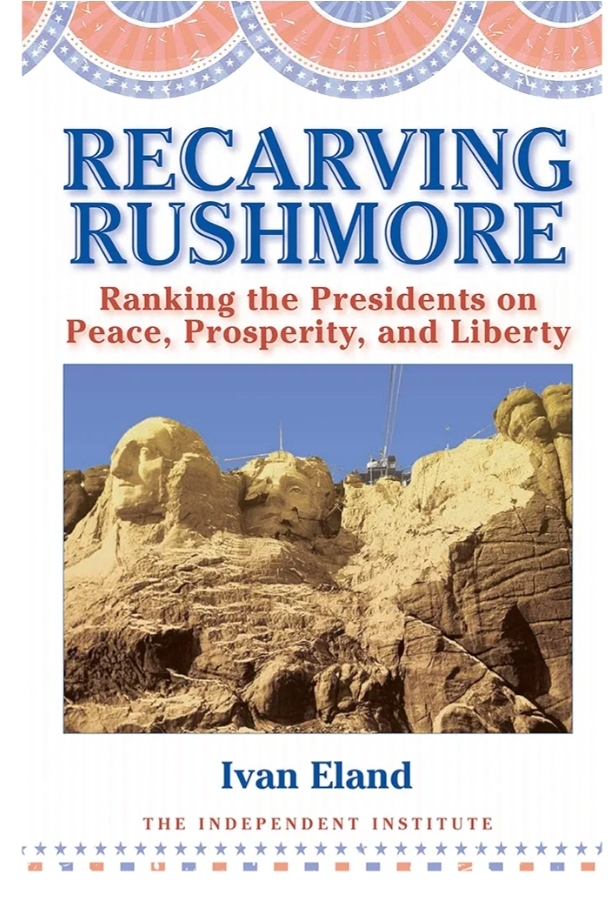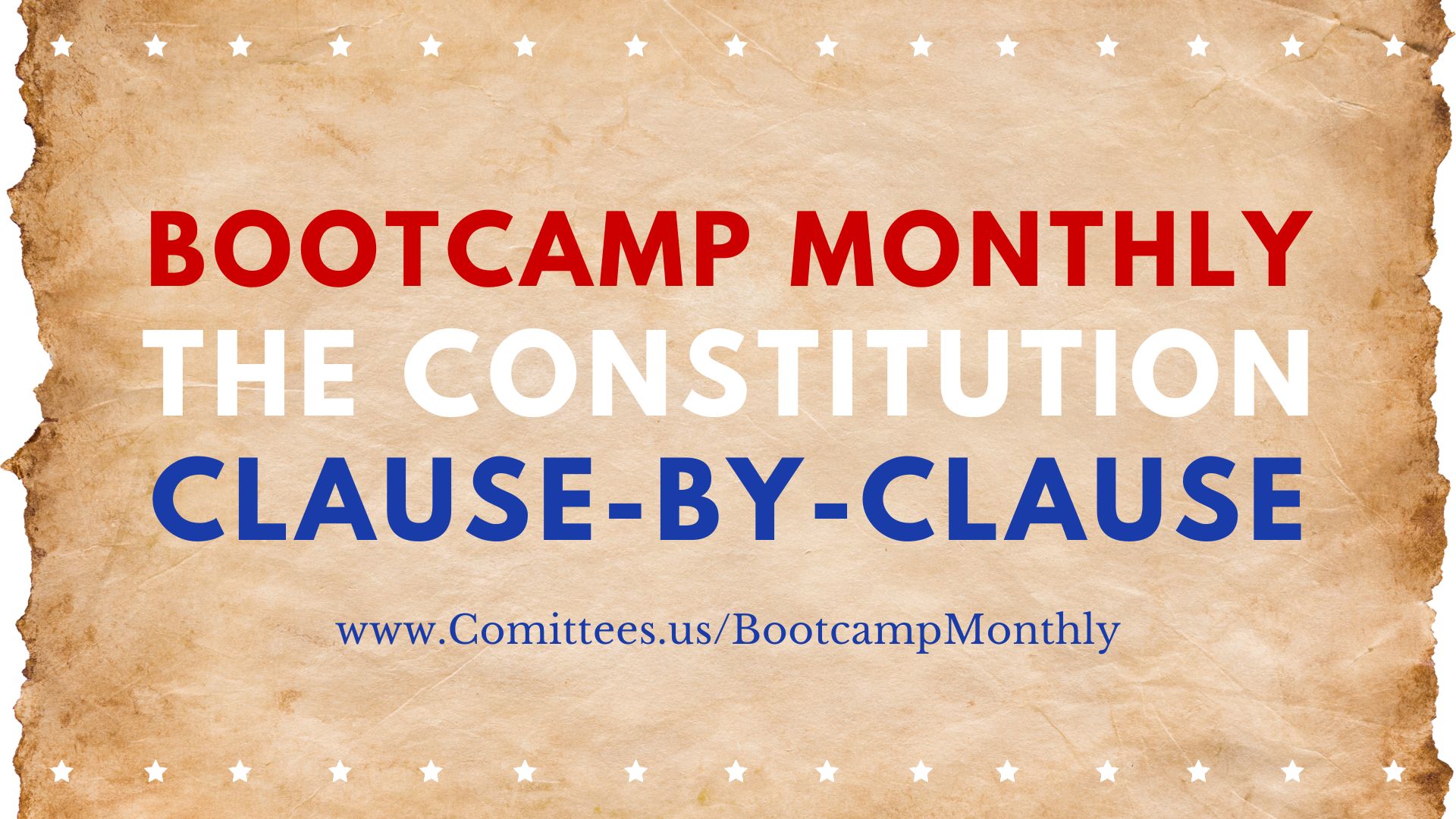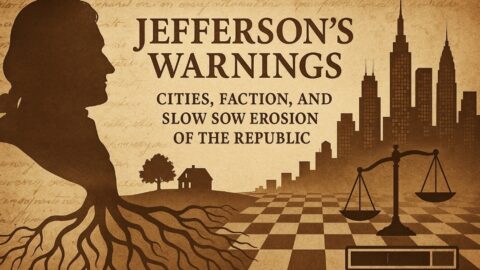In Recarving Rushmore: Ranking the Presidents on Peace, Prosperity, and Liberty, Ivan Eland offers a distinctive evaluation of U.S. presidents, diverging from traditional rankings by assessing them based on their contributions to peace, economic prosperity, and individual liberty. Eland’s approach emphasizes constitutional adherence and minimal government intervention, challenging conventional historical assessments.
Evaluation Criteria:
Eland’s methodology centers on three primary metrics:
- Peace: Presidents are evaluated on their ability to avoid unnecessary military conflicts and maintain peaceful international relations.
- Prosperity: This criterion examines economic policies that foster free markets, limit government interference, and promote national prosperity.
- Liberty: Eland assesses the extent to which presidents have upheld and expanded individual freedoms, adhering to constitutional limitations on executive power.
Top-Ranked Presidents:
Contrary to popular opinion, Eland’s analysis elevates presidents who maintained restrained governance:
- John Tyler: Praised for his strict constitutionalism and efforts to limit federal overreach.
- Grover Cleveland: Recognized for his commitment to classical liberal principles, fiscal conservatism, and opposition to unnecessary government expansion.
- Martin Van Buren: Commended for his dedication to limited government and sound economic policies.
Critiqued Presidents:
Eland critically examines presidents often celebrated in mainstream history:
- Abraham Lincoln: While acknowledging the end of slavery, Eland argues that Lincoln’s wartime actions expanded executive power beyond constitutional limits.
- Woodrow Wilson: Criticized for involving the U.S. in World War I and implementing policies that suppressed civil liberties.
- Franklin D. Roosevelt: Eland contends that Roosevelt’s New Deal programs led to excessive government intervention in the economy.
Purpose and Impact:
Recarving Rushmore aims to provoke thoughtful discourse on presidential legacies, urging readers to reconsider the qualities that constitute effective leadership. Eland’s rankings challenge readers to reflect on the importance of constitutional fidelity, personal liberties, and restrained governance in evaluating presidential performance.
For those interested in a perspective that prioritizes limited government and individual freedoms, Eland’s work offers a compelling reassessment of American presidential history.






